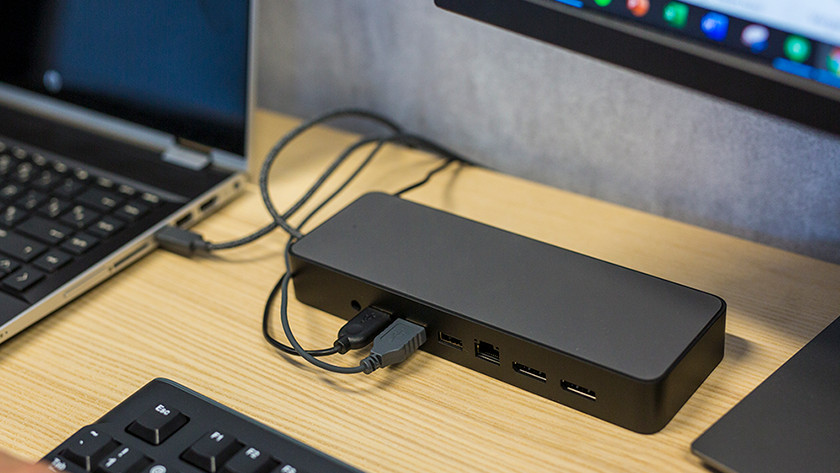Are you looking to enhance the versatility and functionality of your Dell laptop? A docking station could be the perfect solution for you. Docking stations provide a convenient way to connect multiple peripherals and accessories to your laptop with just one cable. This comprehensive review will explore the benefits of using a docking station with your Dell laptop and provide recommendations on some of the best options available in the market.
Benefits of Using a Docking Station
Increased Productivity
- Allows you to connect multiple peripherals such as monitors, keyboards, and mice to your laptop, creating a more efficient and organized workspace.
- Eliminates the need to constantly plug and unplug devices, saving you time and reducing wear and tear on your laptop's ports.
- Enables you to switch between different setups quickly, making it ideal for users who work in multiple locations or require a mobile workstation.
Enhanced Connectivity
- Provides additional ports and connections that may not be available on your laptop, such as extra USB ports, HDMI or DisplayPort outputs, Ethernet, and audio jacks.
- Supports dual or even triple monitor setups, allowing you to increase your screen real estate and improve multitasking capabilities.
- Offers seamless integration with your Dell laptop, ensuring compatibility and reliable performance.
Choosing the Right Docking Station for Your Dell Laptop
Compatibility
- Ensure that the docking station is compatible with your specific Dell laptop model to avoid any compatibility issues.
- Check for the types of ports and connections available on the docking station to make sure it meets your requirements.
- Consider future expansion needs and choose a docking station that offers enough ports for your current and future peripherals.
Performance
- Look for docking stations that support the latest connectivity standards such as USB-C or Thunderbolt for faster data transfer speeds and higher power delivery.
- Consider the maximum resolution supported by the docking station if you plan to connect multiple monitors for a better visual experience.
- Read reviews and user feedback to ensure that the docking station delivers reliable performance and does not cause any issues with your laptop.
Top Docking Stations for Dell Laptops
Dell WD19
- Offers a wide range of ports including USB-C, USB-A, HDMI, DisplayPort, and Ethernet.
- Supports up to three 4K displays or two 5K displays for an immersive viewing experience.
- Provides 130W power delivery to charge your laptop while connected to the docking station.
CalDigit TS3 Plus
- Equipped with 15 ports including USB-C, USB-A, DisplayPort, HDMI, Ethernet, and SD card slot.
- Supports dual 4K monitor setup or a single 5K monitor for enhanced productivity.
- Delivers up to 85W power delivery to charge your laptop at full speed.
Plugable UD-6950H
- Features dual HDMI and DisplayPort outputs to support two 4K monitors simultaneously.
- Offers six USB 3.0 ports, Gigabit Ethernet, and audio input/output for comprehensive connectivity options.
- Provides 60W power delivery to keep your laptop charged during use.
Conclusion
Investing in a docking station for your Dell laptop can significantly enhance your productivity and connectivity capabilities. By choosing the right docking station that is compatible with your laptop and meets your specific needs, you can create a more efficient and organized workspace. Consider the benefits and features of different docking stations available in the market to find the perfect solution for unlocking the full potential of your Dell laptop.











